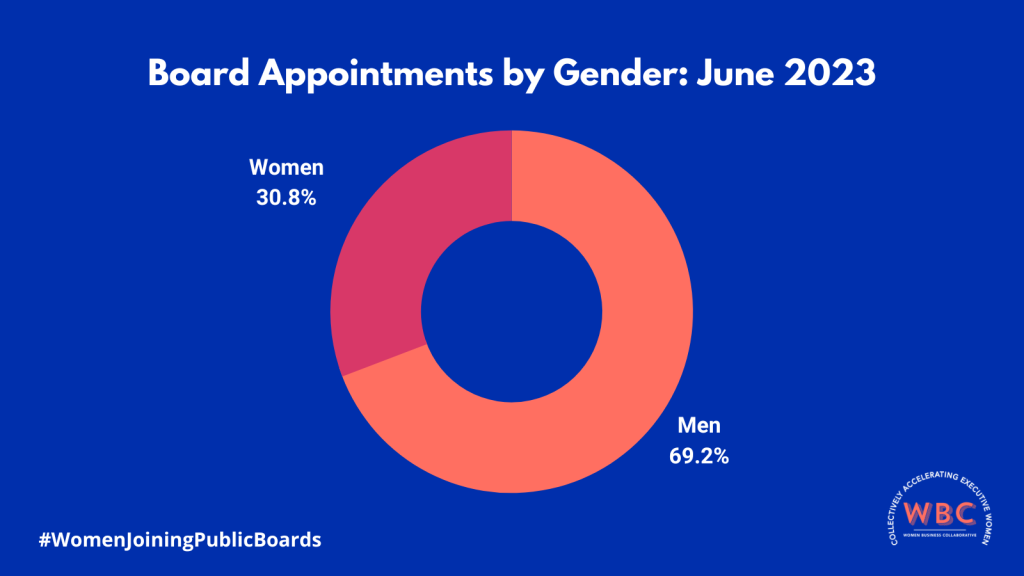June 2023 Report Summary
Companies continue to diversify board composition by appointing women to the board of public companies.
In June, women comprised 30.8% of new appointments to the boards

of public companies. Public companies appointed 90 women to boards and 202 men to their boards. The pressure to increase diversity from the C-Suite to the board level remains as the year begins.
While only 20 of the newly appointed women board members (22.22% of new women appointments) chose to self-disclose their race, we continue to see diversification and continue to highlight the need to disclose. In June, Asian/Pacific Islander women took the lead in board appointments with 10 women being appointed to public boards, making up 11.11% of all appointments. They are closely followed by 7 Black/African American women (7.78%). Petco Health and Wellness Company, Inc., The Carlyle Group Inc., and NET Power Inc. are some of the companies that appointed this phenomenal group of diverse women to their boards.

Of the 90 women appointed to the boards of public companies, 38, or 42.22%, were first time board appointments. In June, Healthcare companies led the way in the appointment of women followed by Technology Companies, with appointed women filling 24.44% of board seats at Healthcare companies and 16.67% at Technology companies. In the Technology industry, we see strides being made by women at companies like Docusign, Inc.
Equilar and WBC are tracking and analyzing the growth and rotation of board seats on public companies and the expanding candidate pool. We will continue to track not only the women in terms of numbers, diversity and profile; but the companies and industries in which female board members are present and how many of the overall board seats are held by women. Please join us in celebrating, tracking, analyzing, and promoting women serving on corporate boards.

Equilar and WBC are tracking and analyzing the growth and rotation of board seats on public companies and the expanding candidate pool. We will continue to track and analyze not only the numbers, diversity and profile of the women being appointed to boards; but the companies and industries in which female board members are present and how many of the overall board seats are held by women.
